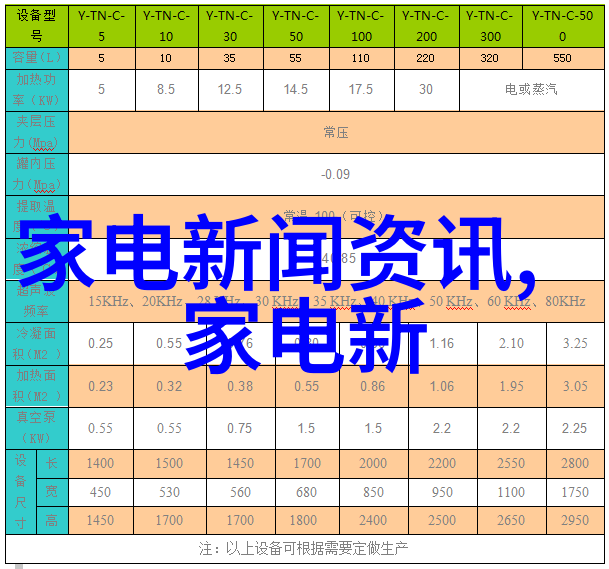在2021世界半导体大会暨南京国际半导体博览会的开幕式上,中国工程院院士、浙江大学微纳电子学院院长吴汉明教授指出:“后摩尔时代芯片性能提升速度放缓,对追赶者来说,一定是一个机会。”

集成电路产业链长是主要挑战,全球化不可替代
集成电路产业发展至今已建起完整的全球产业链。如果将集成电路产业链按照IP、设计、装备材料和芯片制造四个领域进行分类,IP和EDA基本被美国垄断,日本韩国在存储器、材料方面占优势,中国的芯片制造和封测在全球范围内稍有实力。

“集成电路产业面临的主要挑战是产业链太长、太宽。”吴汉明在2021世界半导体大会上说道。吴汉明同时指出,放眼中国的集成电路产业链建设,光刻机、检测等装备是主要需要攻关的方向。
如果一个国家和地区要改变半导体产业链的全球格局,在国内打造完整的半导体产业链,将需要付出巨大的代价。“近期美国政府做了相关评估,如果美国要打造本土完全自主可控的半导体生态圈,需要耗费9000亿至12000亿美元。”吴汉明说道。

虽然中国没有做过类似的调研,但就中国在全球半导体产业链份额来看所需耗费金额将不亚于美国。然而,这也决定了半导体行业全球化不可替代。
芯片制造工艺面临三大挑战,后摩尔时代为追赶者带来机会

后摩尔时代为中国半導體發展帶來挑戰與機遇。吴漢明總結了高端芯片制造工艺面臨的大三個挑戰:精密圖形問題、新材料問題以及良率提升問題。他解釋當下主要先進工藝都是用193nm波長光源曝照20-30nm圖形,這是在精密圖形上的物理尺寸模糊性問題;新材料支撐著摩爾定律往前發展;而良率提升則是所有芯片企業最艱難也是最頭疼的一項挑戰。
与此同时,由于後摩爾時代中晶圓尺寸進一步縮小且成本增加,使得後續技術創新的門檻越來越高,這對多年以來一直處於追趕狀態的小龍象國度而言,是一個好機會。

Wu Hanming, a Chinese academician, said that the post-Moore era is an opportunity for catch-up players. The development of the semiconductor industry faces challenges and opportunities in the post-Moore era. Wu Hanming pointed out that there are three major challenges in advanced chip manufacturing technology: precision graphics, new materials, and yield rate improvement.
The development of semiconductors is facing challenges such as long and wide industrial chains. If we look at China's semiconductor industrial chain construction, equipment such as photolithography machines and testers are key areas to be addressed. Building a complete domestic semiconductor industry chain would require significant investment.
According to Wu Hanming, if the US wants to build a completely self-sufficient semiconductor ecosystem, it would cost 90 billion to 120 billion dollars. Although China has not conducted similar research assessments, based on its current global share in the semiconductor industry chain market size could be comparable.
However, this also determines that the semiconductor industry is globally indispensable. While recognizing these challenges does not mean that developing high-end chips should become a priority for China's technological progress; rather it means that cooperation and competition will drive innovation forward.
In summary,
Challenges:
Long and complex industrial chains
Dependence on imported materials
Lack of indigenous capabilities
Opportunities:
Post-Moore era offers chances for catch-up players like China.
New technologies like heterogeneously integrated single-chip devices or direct bonding can help accelerate progress.
Recommendations:
Invest in indigenous production capabilities.
Encourage R&D collaboration with international partners.
Focus on creating innovative solutions using new technologies instead of simply catching up with existing ones.




